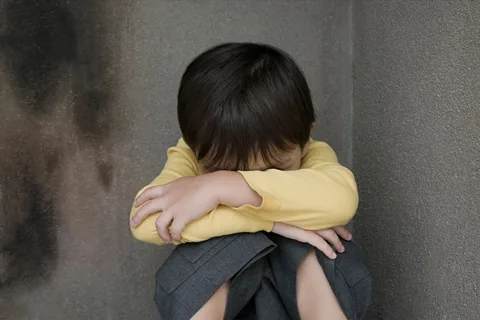Childhood trauma can have a profound and lasting impact on a child’s emotional, mental, and physical well-being. Whether stemming from abuse, neglect, the loss of a loved one, a traumatic event, or other difficult experiences, trauma can disrupt a child’s sense of safety, self-worth, and ability to trust others. While the effects of childhood trauma are significant, the good news is that children can heal with the right support, resources, and interventions.
As parents, caregivers, and professionals, it’s important to know how to support children who have experienced trauma. Here are seven effective ways to help kids cope with and heal from traumatic experiences.
1. Create a Safe and Predictable Environment
Children who have experienced trauma often feel anxious, scared, and uncertain about their surroundings. One of the most important things you can do to help a traumatized child is to create a sense of safety and predictability in their environment. This means establishing consistent routines, providing clear expectations, and offering emotional security. Whether at home, school, or in therapy, a stable environment helps children regain a sense of control and trust. The more reliable their world becomes, the more they can begin to relax and heal.
2. Encourage Open Communication
Traumatized children may have difficulty expressing their emotions, or they may feel ashamed or afraid to talk about what happened. Encouraging open communication without pressure is crucial for their healing. Create a safe space where the child feels comfortable sharing their thoughts and feelings. It’s important to listen actively and validate their emotions, showing that it’s okay to feel scared, sad, or angry. Avoid pushing them to talk before they’re ready, but let them know that you’re there to listen when they are ready.
3. Be Patient and Understanding
Healing from trauma takes time, and every child’s journey is different. Some children may struggle with their emotions and behavior long after the traumatic event. Others may appear to cope well on the surface but still have underlying emotional distress. Be patient and understanding with their struggles. Trauma may manifest as irritability, withdrawal, difficulty concentrating, or even physical complaints. Avoid rushing them to “move on” or “get over it.” Let them process their trauma at their own pace, while consistently providing support and reassurance.
4. Normalize Their Feelings
Children may feel isolated or confused by their emotional reactions to trauma. They may think that their feelings of fear, sadness, or anger are abnormal. It’s important to normalize these feelings and help them understand that it’s natural to have strong emotional reactions to traumatic events. You might say things like, “It’s okay to feel upset, scared, or sad after something really difficult happens” or “What you’re feeling is understandable, and it’s okay to express it.”
By normalizing their emotions, you reduce feelings of shame and isolation, and help the child feel understood.
5. Provide Therapeutic Support
Professional therapy is often crucial for children recovering from trauma. Child-centered therapies, such as trauma-focused cognitive-behavioral therapy (TF-CBT), help children process traumatic memories, learn coping strategies, and develop healthier ways of thinking and behaving. In therapy, children can work through their emotions in a structured and supportive environment. Individual Psychotherapy (CBT) is particularly effective in helping children understand and manage their trauma responses. Play therapy is another effective approach, especially for younger children who may struggle to verbalize their feelings. Therapists trained in trauma can tailor interventions to meet the child’s unique needs.
6. Incorporate Relaxation and Coping Techniques
Teaching children relaxation techniques and healthy coping strategies can empower them to manage overwhelming emotions. Practices like deep breathing, mindfulness, or progressive muscle relaxation can help calm a child’s nervous system when they feel anxious or upset. These tools provide children with strategies to use when they’re feeling overwhelmed or triggered by reminders of the trauma. By practicing these techniques regularly, children can learn to self-soothe and regain emotional balance during stressful moments.
7. Foster Positive Relationships
The support of caring, trustworthy adults is essential for a child’s recovery from trauma. Whether it’s parents, teachers, coaches, or extended family, positive relationships with reliable and empathetic figures offer children the opportunity to feel safe and understood. Encourage healthy friendships with peers, as well, as social support is vital for emotional healing. Strong, positive relationships help children develop resilience, self-esteem, and a sense of belonging.
Ending Thoughts
Childhood trauma can have a lasting impact, but with the right support, children can heal and thrive. By creating a safe environment, encouraging communication, providing therapy, and teaching healthy coping mechanisms, you can help children cope with the emotional scars of trauma and build a foundation for resilience and healing. Remember, recovery is a process, and each child’s journey is unique. Your compassion, patience, and commitment can make all the difference in helping a traumatized child reclaim their sense of safety, security, and joy.







